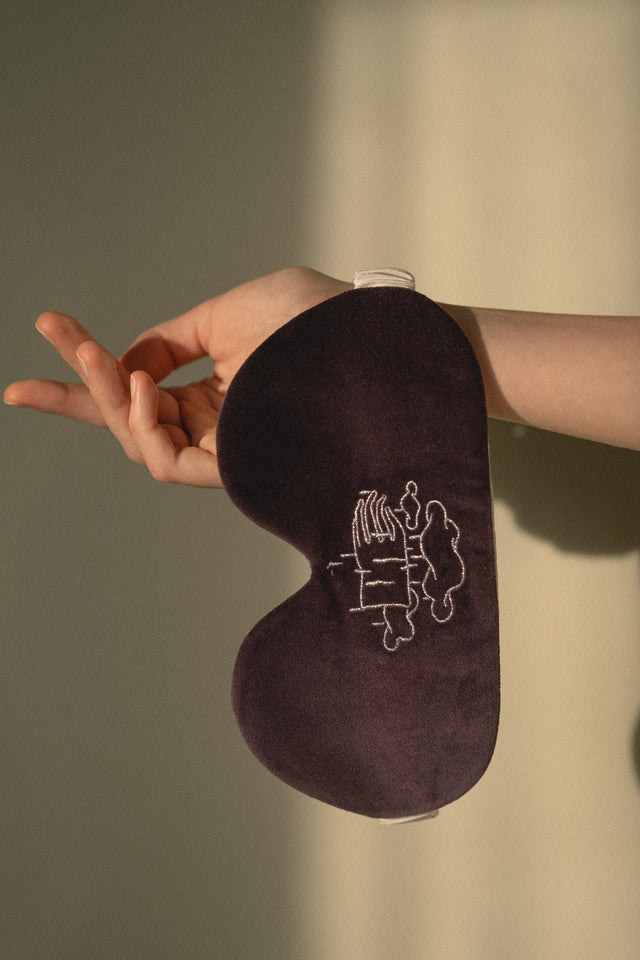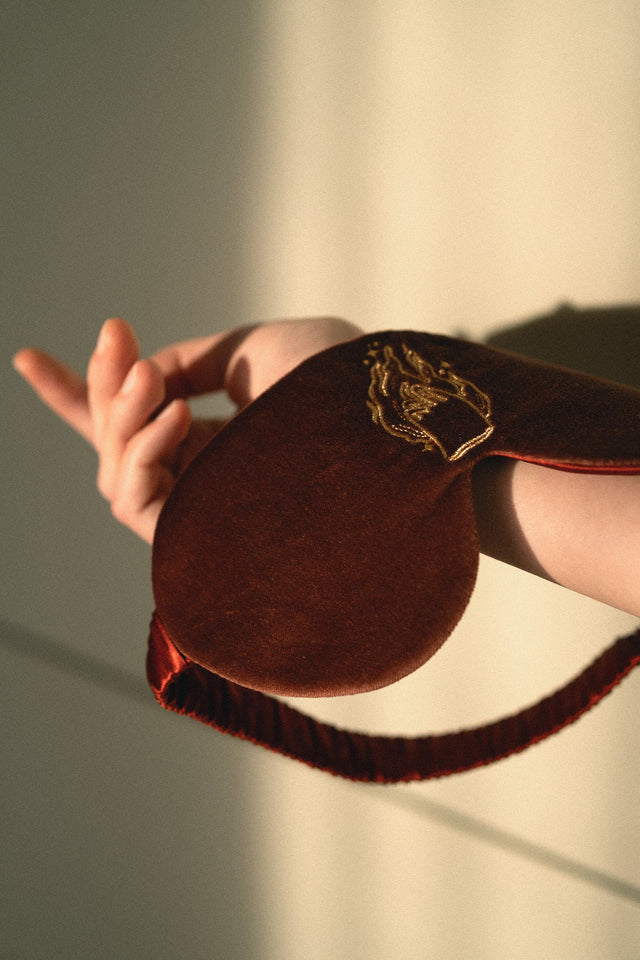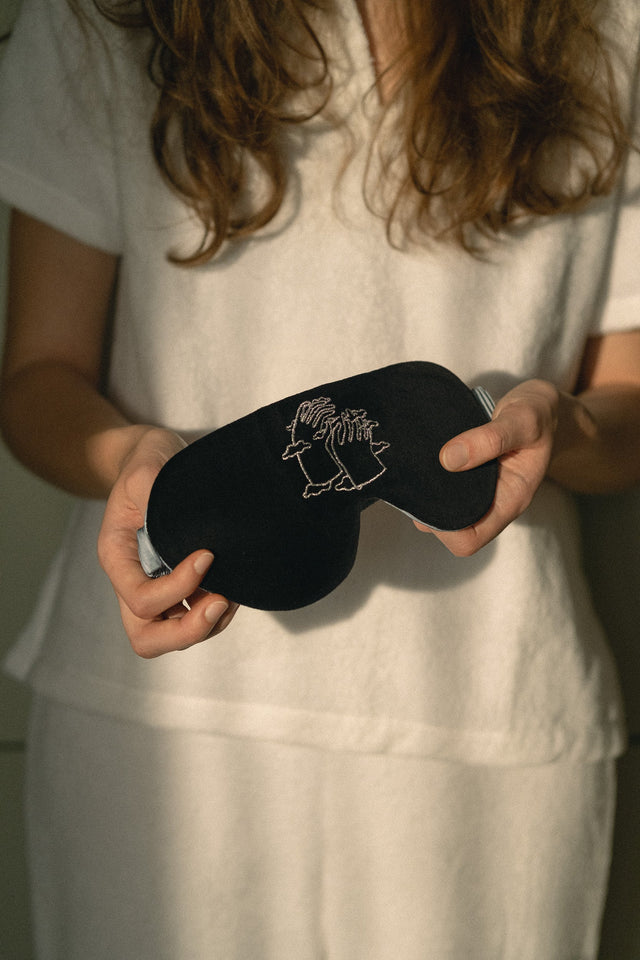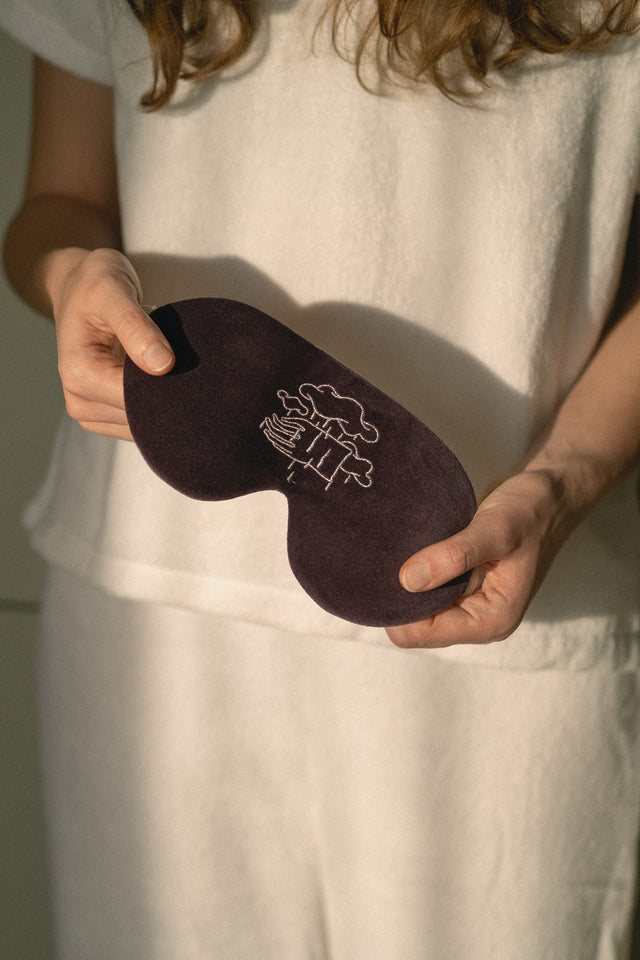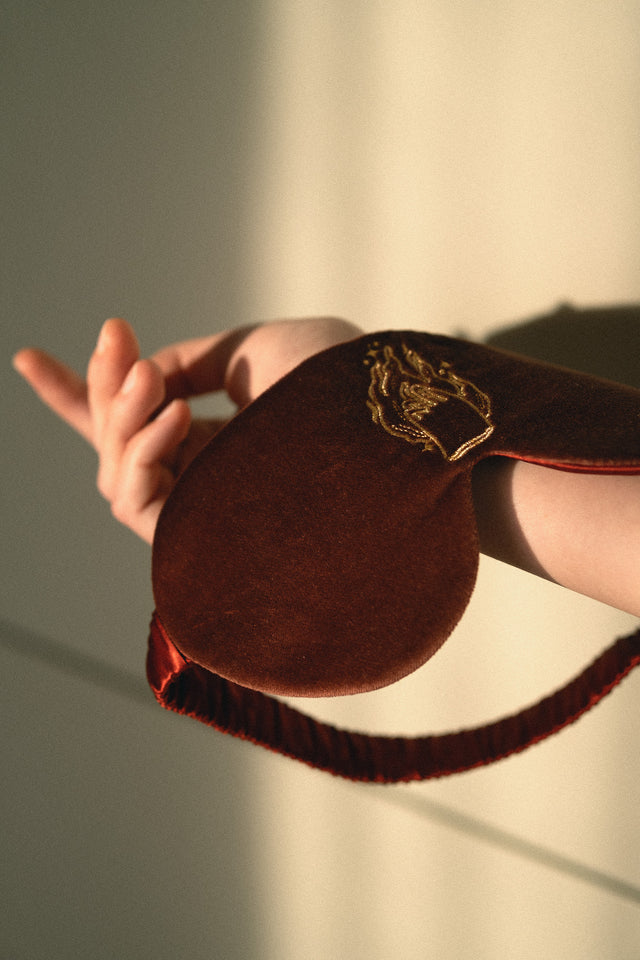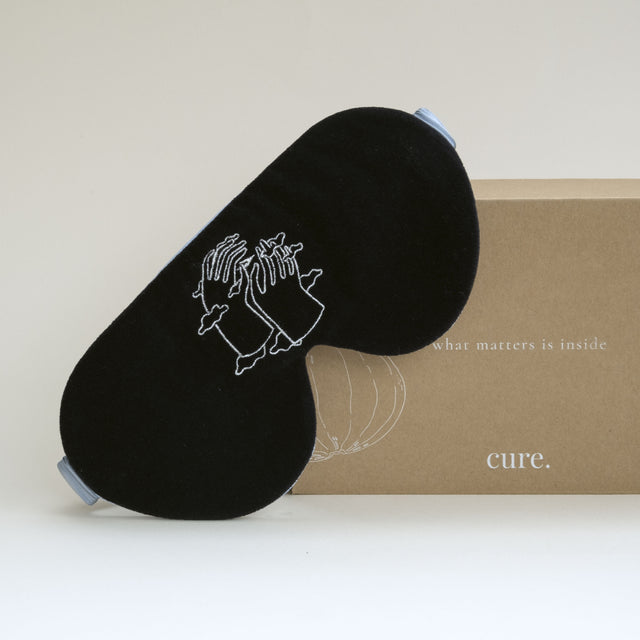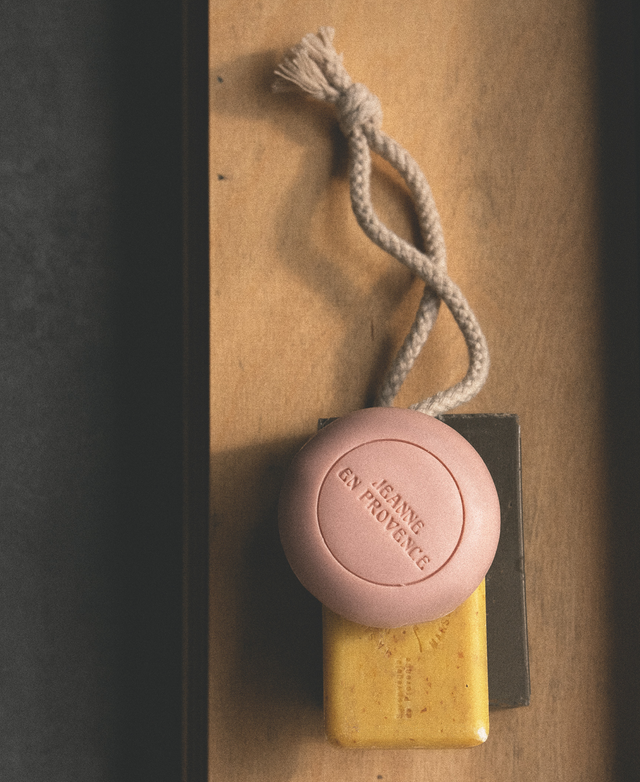Breathe Deeper: The Benefits of Breathing Practices
Breathing exercises are one of the simplest and most effective ways to reduce stress and anxiety. They help us regain composure, find calm in the moment, and overall improve our emotional state.
Even minor incidents and disappointments can sometimes throw us off balance and negatively affect our mood for several days. They can also have adverse effects on our health and skin condition. In a full life, it's impossible to avoid stressful situations completely. However, we have the power to learn how to react differently to external unpleasant experiences, and breathing practices are excellent aids in that.
In different states, we breathe differently. During stressful situations, our breathing becomes rapid, shallow, and intermittent. Heart rate increases, and the amount of oxygen supplied to the blood rises. This is how the body reacts to external irritants. Additionally, in such a state, the body expends many resources.
On the other hand, when we experience calm joy, we breathe deeply, slowly, and rhythmically. If we mimic this type of breathing during moments of stress, it's an excellent way to relax and gain control over our emotions. It takes practice to learn how to manage our breathing in critical moments.
How to Perform:
There are several dozen breathing practices, and we will discuss a few of them. The ideal time for breathing exercises is in the morning, as it reduces cortisol levels in the body and improves mood for the entire day. An evening ritual can help relax before sleep and fall asleep faster. In general, you can conduct 1-2 sessions per day for 5-10 minutes, gradually increasing the duration. It's not necessary to focus on just one technique; you can alternate between them.
Breathing practices are generally safe for most people. However, individuals with lung conditions or panic attacks should abstain from them.
Asymmetric Breathing:
Inhale through the nose for two counts, then exhale through the mouth for 8-10 counts. Ideally, the exhale should be five times longer than the inhale. Continue breathing in this manner for several minutes.
Box Breathing 4-4-4-4:
This technique allows you to quickly regain control in stressful situations. Inhale for four counts, then hold the breath for four counts. Exhale for four counts, then hold the breath again for four counts. Repeat this cycle for 1-5 minutes. During the breathing process, visualize moving around the sides of a square. This helps concentrate and adapt to the desired rhythm more quickly.
Alternate Nostril Breathing:
Using the ring finger of your right hand, close the left nostril and take a deep breath in through the right nostril. Then release the finger from the left nostril, close the right nostril with the thumb, and exhale completely. Without changing anything, inhale through the left nostril, then release the thumb, close the left nostril with the ring finger, and exhale through the right nostril. Continue in the same manner, alternating nostrils before each exhale.
Breathing Practices and Aromatherapy:
You can combine breathing practices with aromatherapy. Scents provide a vast space for experimentation, with some invigorating us and others calming us down. Interestingly, this effect is not solely dependent on the characteristics of the specific aroma but also influenced by our expectations and memories. For example, if the scent of cinnamon is associated with childhood memories of your grandmother's apple pie, a candle with a similar fragrance will uplift your mood.
Experiment with different aromas and observe how your body responds to various scents. As a result, you can create a personal list of calming, invigorating, or mood-lifting aromas. In addition to candles and essential oils, you can use incense and Palo Santo. Remember to prioritize safety and use dedicated holders for aromatherapy sessions. Beautiful accessories add aesthetic pleasure to your practices.
During aromatherapy, you can incorporate any breathing technique you prefer. The key is to breathe slowly, evenly, through the nose, and pay attention to the aroma.



